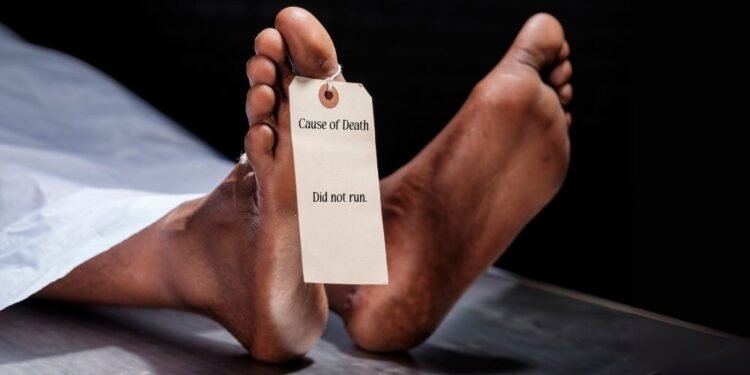We love to say Filipinos are resilient.
We bounce back from typhoons, scandals, and traffic like it’s second nature. But resilience isn’t just surviving disaster—it’s preparing your body so it doesn’t collapse when it matters most.
Running, the simplest and cheapest form of movement, is one of the strongest defenses we keep ignoring. As anchor Louie Sangalang proves, resilience isn’t only about survival—it’s about moving forward with strength.
Resilience has to include the body
Filipinos wear resilience as a badge of honor, but ask most to jog for ten minutes, and the spirit fades.
Endurance training is more than physical—it shapes discipline, toughness, and mental grit. Louie Sangalang himself survived cancer and went on to conquer the North Pole Marathon. His story shows that movement is survival, not just exercise.
Running beats the silent killers
Hospitals are expensive, and diseases like hypertension and diabetes creep in quietly.
Running builds heart strength, improves breathing, and even sharpens insulin response. Just half an hour a day can dramatically lower the risks that plague countless Filipino families. It’s not about looking like an athlete—it’s about staying alive longer.
Excuses don’t save lives
We blame the heat, we complain about no sidewalks, we hide behind reunions and buffets. But health doesn’t wait for perfect conditions.
Parking lots, school ovals, or neighborhood streets are enough. The only requirement is a decision to move. Every step you take chips away at the slow decay of a sedentary life.
Running is resistance
Running is more than cardio. It’s a rebellion against sitting still while the body breaks down.
It’s a choice to resist the slow rot of inactivity. Even five minutes a day is already a step away from disease and closer to resilience that truly means something.











